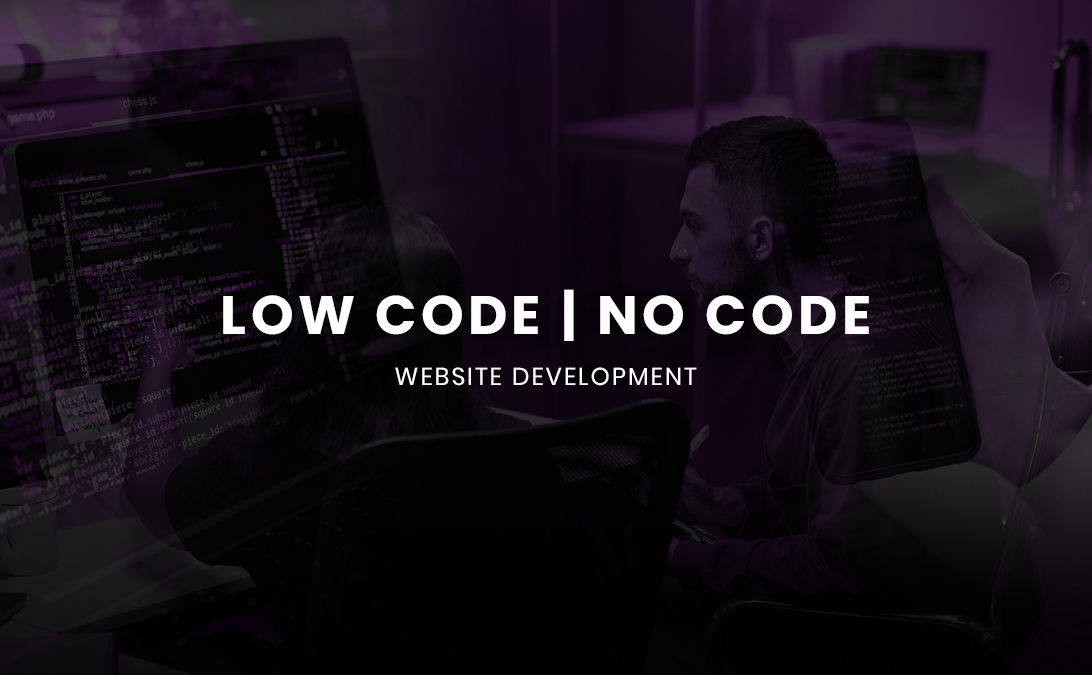
Enterprise Software Development: An Ultimate Guide
22 July 2025
More enterprises are adopting software to grow steadily. The global enterprise software market is expected to surpass $350 billion by 2027. Most organisations are exploring enterprise software development and defining unique strategies to automate mundane tasks.
With a wide range of solutions available to support business operations, defining this distinction is essential. It can help choose the best approach and also ensures meeting meaningful, long-lasting results.
In this blog post, we’ll explore what bespoke software development for enterprise involves and examine how it differs from more conventional projects.
What is enterprise software development?
This is the process of tailoring robust software solutions to meet the specific needs of businesses. This often involves complex systems and requires expertise in various domains. An enterprise grade software can streamline tasks, improve efficiency, and enhance productivity within an organization.
So, key aspects include everything from conceptualising to launch and in some cases ever-ongoing maintenance. Additionally, all of this is achieved while balancing business requirements, technology, and user experience.
What are the 3 main types of enterprise software development projects?
There are 3 main types of enterprise software a follows:
- Enterprise Resource Planning (ERP)
- Customer Relationship Management (CRM)
- Supply Chain Management (SCM)
What are the benefits of enterprise application development?
Enterprise applications offer robust, integrated solutions that help organisations operate more efficiently. This means organizations can adapt readily to change, and deliver greater value. As businesses digitise their operations, the advantages of enterprise grade systems provides a competitive edge.
1. Greater operational efficiency
Enterprise software automates repetitive and time-consuming tasks. This minimises the risk of human error and also boosts employee productivity. So, your staff can focus on higher-value activities with enterprise app development team automating repetitive tasks.
2. Boost scalability and flexibility
An enterprise application is designed to scale with the organisation. This makes it easier to add users, integrate new functions, or expand into new markets without overhauling existing systems. The enterprise software development project has a modular structure and Cloud-based architectures offer the much needed flexibility for meeting immediate & long-term growth strategies.
3. Centralised Data and Secure Collaboration
With enterprise software, organisations gain better control over their data. Centralised databases lay the foundation stone for consistency and improved data accuracy. They enable secure sharing of information across departments—whether it’s sales, marketing, finance, or customer service. This level of accessibility and data governance is especially important for businesses with global teams or those managing sensitive information across regions.
Development timelines and costs for enterprise software
Developing a comprehensive enterprise application or a set of core software modules typically requires around 12 months for the initial release. But the timelines can vary considerably based on the:
- Business sector
- The complexity of system requirements
- The scope of functionality involved
In terms of investment, a standalone enterprise web application development project may range from £20,000 to £200,000. These figures reflect factors such as customisation, integration with existing infrastructure, and many more.
Which platform is best for enterprise applications and why?
As organisations strive for enhancing efficiency, try to opt for a platform that is dependable and can be tailored to specific enterprise requirements.
- Choose technologies that can scale up or down as your business needs change.
- Consider cloud-based solutions or architectures that allow for easy resource expansion.
- Prioritize technologies with robust security features, strong encryption, and regular security updates.
- Weigh factors like licensing fees, infrastructure costs, and more to determine the long-term cost-effectiveness of different options.
- Align the development team has the necessary skills and experience with the chosen technologies.
- Enterprise applications interact with existing databases and systems. Select technologies that integrate well with your current infrastructure to avoid disruption and maintain data consistency.
7 Main stages of custom enterprise software development
Developing enterprise software is a structured process that involves careful planning, collaboration, and technical execution. Below are the key stages typically followed in the bespoke software development for enterprises:
1. Requirement Gathering and Analysis
This initial stage involves close consultation with stakeholders. This is focussed on identifying business goals, pain points, and user needs. Various functional and non-functional requirements are documented to form a robust foundation for the project.
2. Planning and Feasibility Study
Technical and financial feasibility are assessed, and your partner software development company creates a detailed project roadmap. This includes defining the:
- Development approach, whether agile or DevOps
- Project timelines with deliverables
- Technology stack for building the application code
- Allocating resources
3. System Architecture and Design
The system architects and UX designers transform requirements into a scalable, secure, and user-friendly design. This is possible with the use of wireframing tools, data models, and interface prototypes. These are created to guide the development team.
4. Code Development
Software engineers begin coding based on the agreed specifications. At chilliapple, we use agile methodologies, allowing for iterative progress and continuous feedback.
5. Testing and Quality Assurance
Thorough testing is carried out to identify and fix bugs, verify performance, and ensure compliance with business requirements. This includes
- Unit testing
- System testing
- Integration testing
- User acceptance testing (UAT)
6. Deployment
Once the software passes the QA phase, it is deployed to the live environment. This may be a full-scale launch or a phased rollout depending on the complexity of the system and business needs.
7. Maintenance and Support
Post-deployment, the software is continuously monitored for performance, with ongoing software support provided for updates, enhancements, and security patches. This stage ensures the system remains robust and relevant over time.
Conclusion
Enterprise software development is a complex but rewarding process. It enables organisations to streamline operations, enhance productivity, and support long-term growth.
By following a structured development lifecycle and investing in the right solutions, businesses can gain a significant competitive advantage in today’s digital landscape. At chilliapple, a software development company, we can help you tailor feature-rich, scalable enterprise applications.





